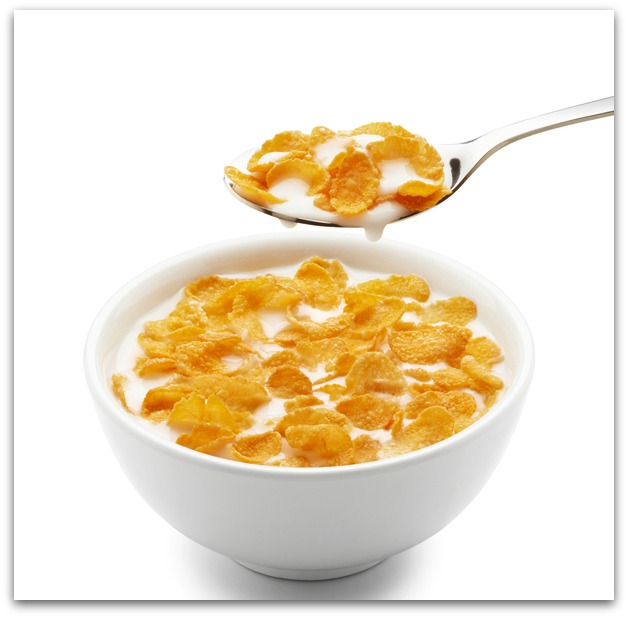Uncle John knows pretty much everything—and if he doesn’t, he heads his massive research library, or puts one of his many associates on the case. So go ahead: In the comments below, ask Uncle John anything. (And if we answer your question sometime, we’ll send you a free book!) This week’s question comes from reader Nick P., who asks…
Why is cereal eaten with milk, and not some other liquid?
 Prior to the late 19th century, the most popular breakfast foods in America were meat: bacon, ham, sausages, even steak. Some people preferred a big bowl of hot, mashed grains. Irish-Americans had oatmeal for example, the Russians like barley-based porridge, and down in the South, grits made from corn were popular.
Prior to the late 19th century, the most popular breakfast foods in America were meat: bacon, ham, sausages, even steak. Some people preferred a big bowl of hot, mashed grains. Irish-Americans had oatmeal for example, the Russians like barley-based porridge, and down in the South, grits made from corn were popular.
Mueslix – a cold mix of grains, fruits, and nuts – was known in Europe, but not widely consumed in the U.S. American breakfast cereals date to the late 1800s. Directed by the vegetarian tenet of their Seventh-day Adventist Faith, brothers John and William Kellogg opened the Battle Creek Sanitarium in Michigan. In a drive to clear visitors of toxins and improve their health, the Kelloggs advocated meat-free and high-fiber living, even at breakfast. The first of many “cereals” they developed were flakes made of mashed and toasted corn—Corn Flakes. Because the elimination of meat left a protein hole in the diet, the Kelloggs allowed Battle Creek guests to pour milk on the cereals, which also made the cereals easier to eat. It was also a logical leap – milk was often poured over porridge and oatmeal.
The cereals made their way to the general public by the turn of the century, and so did the idea of eating them with milk. In fact, early advertisements for these new-fangled foods depict cereal next to milk, gently suggesting how it was to be eaten to those unfamiliar with breakfast cereal.
But not everybody takes their cereal with milk. Around the world, yogurt, Horchata, and even water are common alternatives, not to mention soy milk, almond milk, rice milk, goat’s milk…







